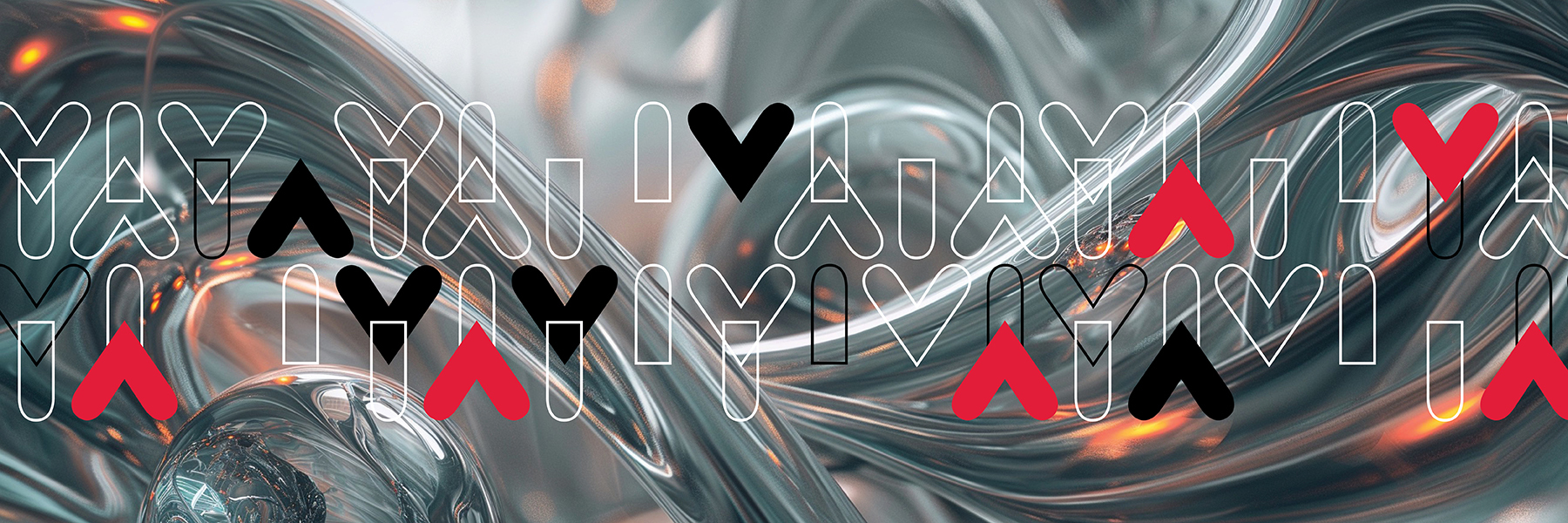
It seems so simple: a tool that can assist teachers in the classroom by answering students’ routine questions about deadlines, assignments and other requirements. But this tool – known as the AL Course Assistant and built on the Automated University Response Assistant (AURA) platform created by University Information Technology (UIT) at York University – may just open a whole new frontier in managing a classroom.
“It's basically like ChatGPT but you have to give it a knowledge base of your own,” says Donald Ipperciel, a professor in the Department of Humanities in the Faculty of Liberal Arts & Professional Studies and York’s former chief information officer. “The way it's set up is I'm feeding it all the information from the course syllabus and FAQs, and it can respond to students’ questions based on that information I gave it.”
Freeing teachers up from answering administrative questions benefits both teachers, who save time they can then spend on loftier classroom concerns such as explaining why an essay fell short, and students, who save time and frustration by having their questions answered instantly.
Currently, AL supports class management, rather than offering pedagogical support. According to Ipperciel, other tools in development will assist with grading, but only by checking an assignment’s basic requirements and style.
Artificial intelligence (AI) is not used much in the humanities, Ipperciel explains, unlike language learning, math and programming. This is his first time using this new version of AL, based on generative AI, in his classes (he used a previous version based on IBM Watson in the past).
Developing an AI tool to autonomously mark students’ work in the humanities would not be appropriate, Ipperciel says. “They deserve better than that from their instructors.”
Patrick Thibaudeau, director of IT innovation and academic technologies, is also enthusiastic about AL and AURA.
“We’ve got the tool in our learning management system,” he says. “It's being used by about 10 professors, and the feedback I've gotten so far is that it's working perfectly.”
UIT at York University was a CIO Awards Canada winner in September, recognized for its innovative use of IT with AURA. The AURA platform was also a finalist for the Gartner Eye on Innovation Awards for Education.
Currently, Thibaudeau is working on an instructional design tool within AURA. This is how it will work: a professor will enter a description of what their course is about, then select the number of topics to be covered, and AI will generate them with descriptions, class notes and readings directly in eClass. The professor would edit the finished product, Thibaudeau says, but it provides a starting point and is expected to save hours of a professor’s time.
Thibaudeau’s big plans for these tools do not stop there.
“Once we had [the course assistant] working, we started experimenting on the course content,” he says, “because once we have the course content – not just the syllabus but the content itself – we can do amazing things with it.”
He envisions the day when a student could ask the AI tool for help studying a module, and the AI, once trained on the module, could create questions for the student to use as a mock test. The student would answer the questions, and the tool would tell the student if they were correct or not.
“That's why I say we're not that far away from having that full interactivity with students,” says Thibaudeau. “That's the start of it.”
Pooja Vashisth, an assistant professor in the Department of Electrical Engineering & Computer Science in York University’s Lassonde School of Engineering, admits she, too, is excited about this tool.
Vashisth was working on a similar project with two of her students when she met Thibaudeau this summer, and her three-member team joined his to work on the AI tool. Thibaudeau’s team had been working on it for more than a year by then.
“For me and my project group, it was a real work experience to work on an actual tool in production,” Vashisth says.
She is currently using the tool in one of her classes and intends to use it again for a class in the winter semester. She plans to demonstrate it during the first week of class so the students have time to become comfortable using it. The first two or three weeks are the most crucial time, she says, as that’s when students have a lot of questions about the course.
Vashisth, like Thibaudeau, is eager to discover how they can grow the tool’s capabilities in the future.
“Looking ahead, we can explore the potential of expanding the tool beyond syllabus-related queries to encompass broader educational support for the course, study tips, career guidance and even mental health resources,” she says.
With files from Julie Carl
